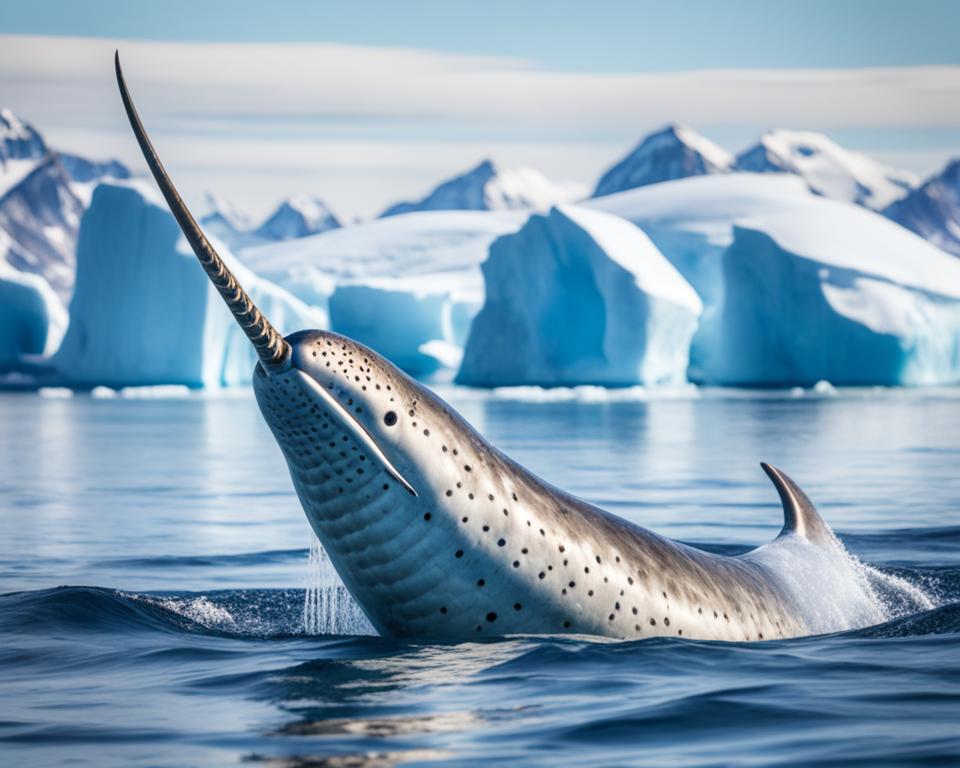During mating season, whales are known for performing elaborate love songs. Females and males can both make sounds, but only males can compose extended songs that can last anywhere from a few minutes to over a half-hour.
Scientists who have examined the songs have discovered that they fluctuate with the seasons, almost as if the whales have already been writing new songs throughout the year and are eagerly anticipating their release.
What’s even more incredible is that a huge group of male whales will join forces and sing the same tune! Is it possible for female whales to resist the allure of a boy band?
Let’s look deeply at how whales reproduce and mate to continue their colossal legacy. Blue whales are the largest whale species and also the largest animal on the planet, are tough to monitor and research, therefore our knowledge of them is still growing.
Some migrate to breeding areas on a seasonal basis, while other whales appear to be more resident. The existence of krill, the whales’ principal food source, appears to be the more important component in their location. With exception of breeding and mating season, blue whales are more reclusive and spend the majority of their time alone.
Male whales may engage in a “heat run” during the courting period, in which two males rush after a female in intense pursuit. Humpback and blue whales have the same internal fertilization system, and males fertilize females. We don’t know much about blue whale reproduction, but experts believe that the female returns to the breeding places to give birth after a gestation period of 10-12 months.
Do Whales reproduce asexually?
Dolphins are a type of whale that has been widely researched in both the wild and in tiny cages. Dolphins are fun animals, and scientists have studied their mating and reproduction rituals for years. Female dolphins attain sexual maturity between the ages of 7 and 12, whereas male whales reach sexual maturity between the ages of 10-and 15.

Dolphins travel to warmer waters seasonally because they like warm water, however, this is not known as a migration for breeding purposes because dolphins can mate all year. When they do mate, the male can be seen swimming around and vocalizing while s-posing (with their nose in the air, fins down, back up, and tail down, bending their body by making the shape of an “s”).
The male and female can chase each other around and swipe their teeth on each other in a fun manner. While the male reaches to mate and release his sperm onto the female for fertilization, one of the pair may appear to fall limp and lay on their side.
Male dolphins are not monogamous and do not like to mate for life, thus they do not linger around. The infant will be carried by the female for around a year. Dolphins may only have one child at a time.
Do Whales Mate For Life?
No, most of the time the males are not monogamous. It means they do not mate for life. What happens is when the mating season comes, the males fight with each other to get a female and after fertilizing the female eggs with their sperms, they go for searching the food leaving the females behind.
Do Whales Mate Out Of Water?
No, not exactly out of the water. What happens is that when they dance and do their ritual then there are chances that the female and male can jump in the water but when they mate, they go under the water and the male shoots its sperm from its penis into the female virgina. That’s how they like to mate with each other.
How Do Whales Have Babies? (Video Giving Birth)
After mating the males and females, they fertilize and after fertilization, it takes 1 year and 15 months to take calves in the womb. When the calve is born, it is ready to swim and follows the mother on her marine migrations for 4 to 6 months. Most of the time mother









